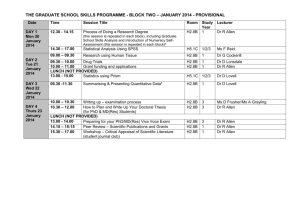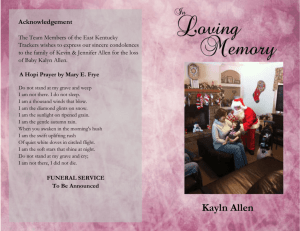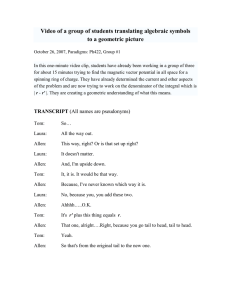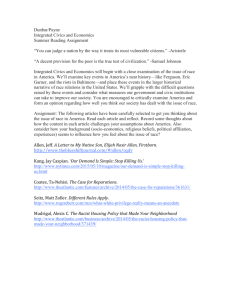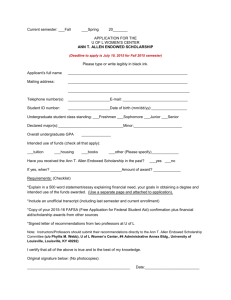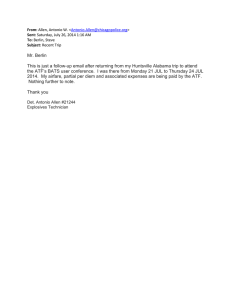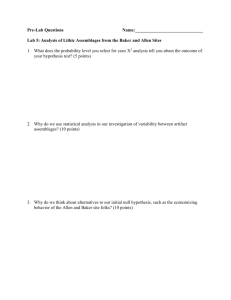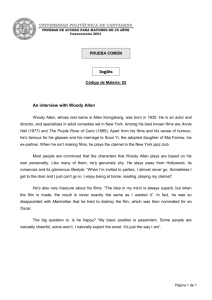Prof. Allen on Art History
advertisement
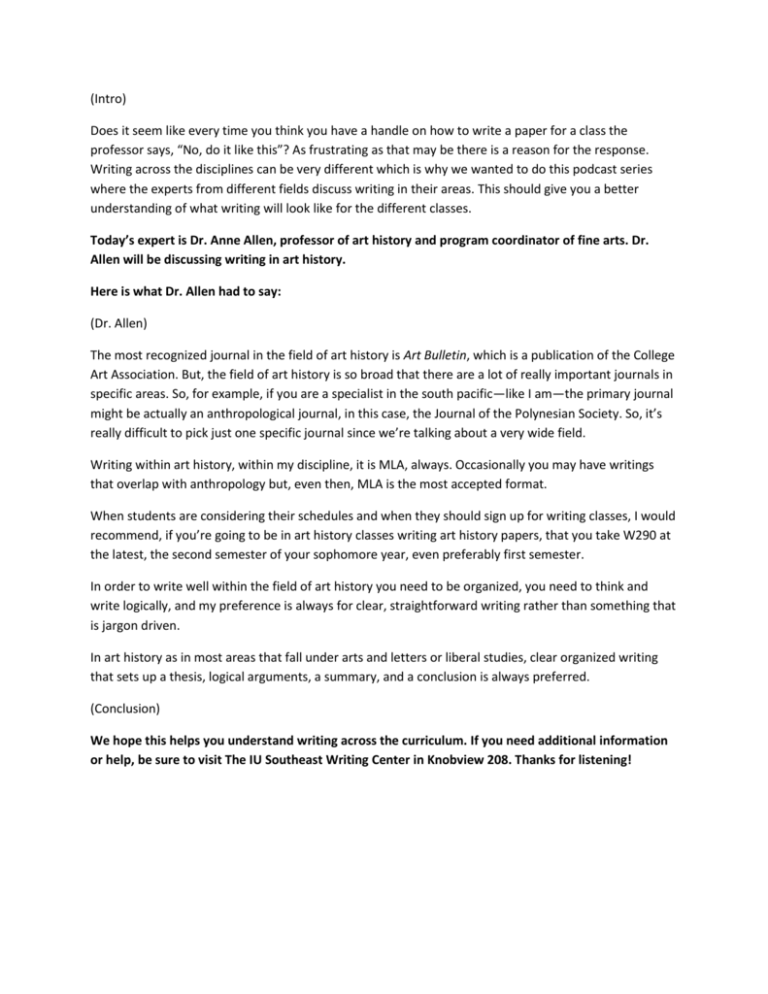
(Intro) Does it seem like every time you think you have a handle on how to write a paper for a class the professor says, “No, do it like this”? As frustrating as that may be there is a reason for the response. Writing across the disciplines can be very different which is why we wanted to do this podcast series where the experts from different fields discuss writing in their areas. This should give you a better understanding of what writing will look like for the different classes. Today’s expert is Dr. Anne Allen, professor of art history and program coordinator of fine arts. Dr. Allen will be discussing writing in art history. Here is what Dr. Allen had to say: (Dr. Allen) The most recognized journal in the field of art history is Art Bulletin, which is a publication of the College Art Association. But, the field of art history is so broad that there are a lot of really important journals in specific areas. So, for example, if you are a specialist in the south pacific—like I am—the primary journal might be actually an anthropological journal, in this case, the Journal of the Polynesian Society. So, it’s really difficult to pick just one specific journal since we’re talking about a very wide field. Writing within art history, within my discipline, it is MLA, always. Occasionally you may have writings that overlap with anthropology but, even then, MLA is the most accepted format. When students are considering their schedules and when they should sign up for writing classes, I would recommend, if you’re going to be in art history classes writing art history papers, that you take W290 at the latest, the second semester of your sophomore year, even preferably first semester. In order to write well within the field of art history you need to be organized, you need to think and write logically, and my preference is always for clear, straightforward writing rather than something that is jargon driven. In art history as in most areas that fall under arts and letters or liberal studies, clear organized writing that sets up a thesis, logical arguments, a summary, and a conclusion is always preferred. (Conclusion) We hope this helps you understand writing across the curriculum. If you need additional information or help, be sure to visit The IU Southeast Writing Center in Knobview 208. Thanks for listening!
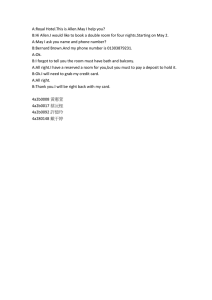
![W. [ ] Sent: Monday, October 27, 2014 9:43 AM To: Berlin, Steve](http://s2.studylib.net/store/data/017661229_1-b087d84fb50d2afc02017c75c5b017ea-300x300.png)
